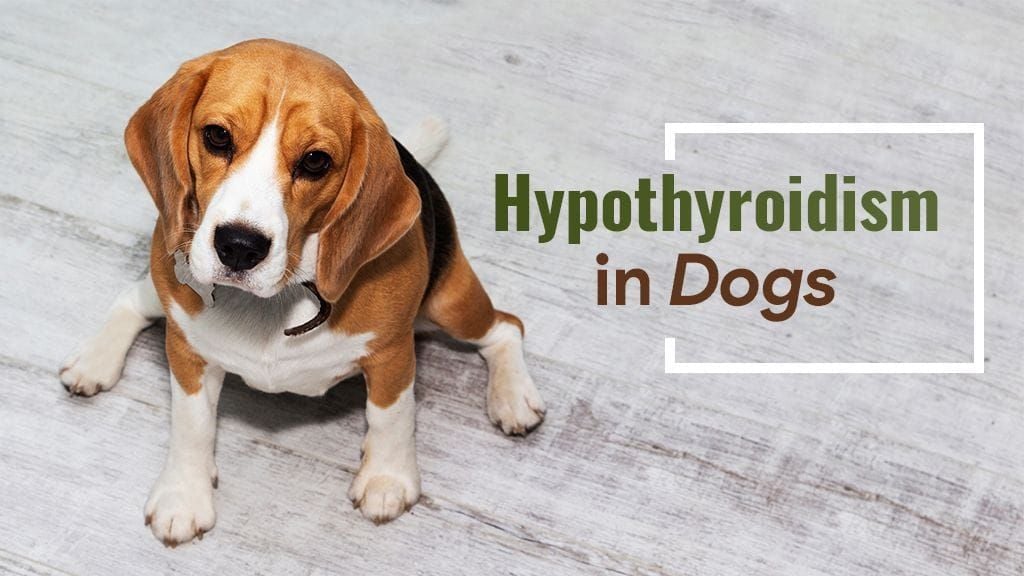Understanding Hypothyroidism in Dogs
)
How does hypothyroidism affect dogs?
The role of the thyroid gland
The thyroid gland, located in a dog’s neck, is a crucial part of the endocrine system, which regulates essential bodily functions through hormone production. The two primary hormones produced by the thyroid—T3 (triiodothyronine) and T4 (thyroxine)—control metabolism, growth, and tissue maintenance, impacting your dog’s energy, weight, and coat condition.
What is hypothyroidism?
Hypothyroidism occurs when the thyroid gland is underactive, producing fewer hormones than necessary. This can lead to a range of symptoms, including lethargy, weight gain, and changes in coat quality. Hypothyroidism is commonly acquired and often results from an autoimmune condition where the immune system mistakenly attacks the thyroid gland.
Certain breeds, including Poodles, Miniature Schnauzers, and Golden Retrievers, are more prone to hypothyroidism, especially those between four and ten years of age.
Is Hypothyroidism dangerous for dogs?
Although hypothyroidism can lead to nerve-related issues if left untreated, it is a condition that can be effectively managed with veterinary care. Early diagnosis and treatment are key to ensuring your dog’s well-being.
Symptoms of hypothyroidism
Dogs with hypothyroidism may gain weight despite normal eating habits, show signs of lethargy, and develop a dull coat.
They may also get more:
Excessive hair shedding or thinning (unaccompanied by redness or rashes)
Weight gain (usually without an increase in appetite)
Reduced ability to tolerate the cold (visible in shivering and seeking warmth)
Increased susceptibility to skin and ear infections
How is hypothyroidism diagnosed and treated?
How to tell if your dog may be affected by hypothyroidism
Taking your pet to the vet for regular health checkups is recommended to detect and monitor the early stages of conditions like hypothyroidism.
Because symptoms of hypothyroidism are broad and can be associated with numerous medical conditions, your veterinarian may follow up with lab tests to check your pet’s hormone levels (e.g. total T4 levels). Often a combination of baseline thyroid values (e.g. total T4 levels) and secondary thyroid tests are needed for a diagnosis of hypothyroidism - this is because a low total T4 in itself can be due to other illnesses/medications, so further testing is needed to confirm true hypothyroidism.
If results show that your pet may be affected, your veterinarian can then recommend any further diagnostic tests, and a treatment/management plan.
How is hypothyroidism treated in dogs?
Hypothyroidism isn’t directly curable, but it is often easy to manage with the help of a prescribed management plan.
This plan commonly includes ongoing supplements of thyroid hormones, and periodically monitoring the thyroid hormone levels in the blood. With treatment, it is common that dogs will regain their energy, ability to regulate temperature, and their coat colour and thickness.
Your treatment plan may vary, and as your pet ages and develops more of a tolerance to the thyroid replacement, the required dosage could change periodically too. Because of that, if your pet is taking hormone supplements, we recommend maintaining your regular check-ups every six months with your local vet.
Continual communication with your veterinarian is the best way to help treat and manage your pet’s condition.
What to do if you think your pet may be affected by hypothyroidism
If your dog is displaying signs of hypothyroidism, or seems generally unwell, please don’t hesitate to contact us online or call our friendly reception team for a check-up on 07 3871 3888.
Hypothyroidism is often easy to manage once diagnosed and it’s very common that pets can return to their day-to-day activities once on their recommended treatment plan.
| Tags:DogProactive Pet Care |
&243x120)
